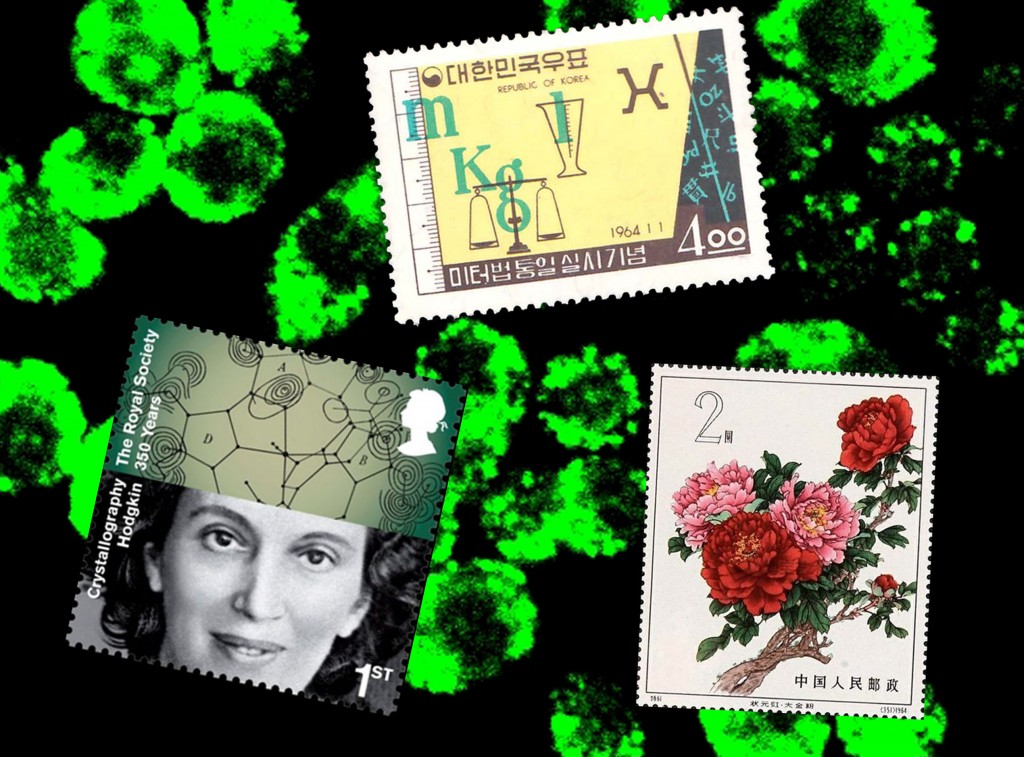A team led by Tony James, Steven Bull and Juyoung Yoon have developed a method they hope will help with the early diagnosis of diseases caused by oxidative damage.
The research team is made up of Tony James, Steven Bull, Stephen Flower, John Lowe and Xiaolong Sun from the University of Bath. They are joined on this project by John Fossey from the University of Birmingham, Juyoung Yoon, Qingling Xu and Gyoungmi Kim from Ewha Woman’s University and Xu-Hong Qian from East China University of Science and Technology.
The key to the research is the detection of the chemical peroxynitrite. Peroxynitrite is a signalling molecule associated with many diseases associated with oxidative damage but is difficult to detect since it is very short-lived.
Led by James, Bull and Yoon, the team began by using a water soluble fluorescence probe to successfully detect peroxynitrite in cancer cells. They are now hoping to use this technique as the basis for tests for the early diagnosis of other diseases.
A paper on their research – A water soluble boronate-based fluorescence probe for the selective detection of peroxynitrite and imaging in living cells – has just been published in Chemical Science and features as the cover image for the latest issue, Issue 9.
Given that Peroxynitrite is an important cellular signalling “messenger” molecule, the core concept and design of their cover revolves around stamps to convey the idea of “messaging”.“We used three stamps to represent the three countries (China, South Korea and the UK) involved in the collaboration” says Tony James. The Chinese Stamp contains a painting of the Tree Peony. Extracts from the Tree Peony (Paeonia suffruticosa) have been used as antioxidants as part of Natural and traditional Medicines (nutraceticals) for diseases caused by oxidative damage. The Tree Peony “king of flowers” is also a very important symbol and image of China and still maintains deep cultural significance. The Korean stamp depicts the metric system, the group of Juyoung Yoon at Ewha Womans University in Seoul Korea carried out the cell imaging “measurements” of the cells. The UK stamp is the 2010 Dorothy Hodgkin Stamp released to celebrate 350 years of the Royal Society. Dorothy Crowfoot Hodgkin was awarded the 1964 Nobel Prize in Chemistry “for her determinations by X-ray techniques of the structures of important biochemical substances”. In particular she determined the structure of Vitamin B12. The structure of this molecule helped to understand the role and function of Vitamin B12 in the metabolism. Vitamin B12 has a key role in the normal functioning of the brain and nervous system, including nerve signalling and “messaging”
James and co-workers explained that they designed the cover to pay homage to Dorothy Crowfoot Hodgkin and celebrate the 50th Anniversary of the Award of the Nobel Prize in Chemistry. Therefore, the Chinese and Korean Stamps are both 1964 vintage. The UK stamp celebrates Dorothy Hodgkin’s Nobel Prize in 1964 and clearly links the “50 Years” Anniversary and “messaging” theme of our Cover.
We would also like to take this opportunity to wish our three corresponding Authors a very Happy 50th Birthday, as Juyoung Yoon, Steve Bull and Tony James are all celebrating their 50th birthdays during 2014.
Read the full article for free today!
A water-soluble boronate-based fluorescence probe for the selective detection of peroxynitrite and imaging in living cells
Xiaolong Sun, Qingling Xu, Gyoungmi Kim, Stephen E. Flower, John P Lowe, Juyoung Yoon, John S Fossey, Xu-Hong Qian, Steven Bull and Tony D James











